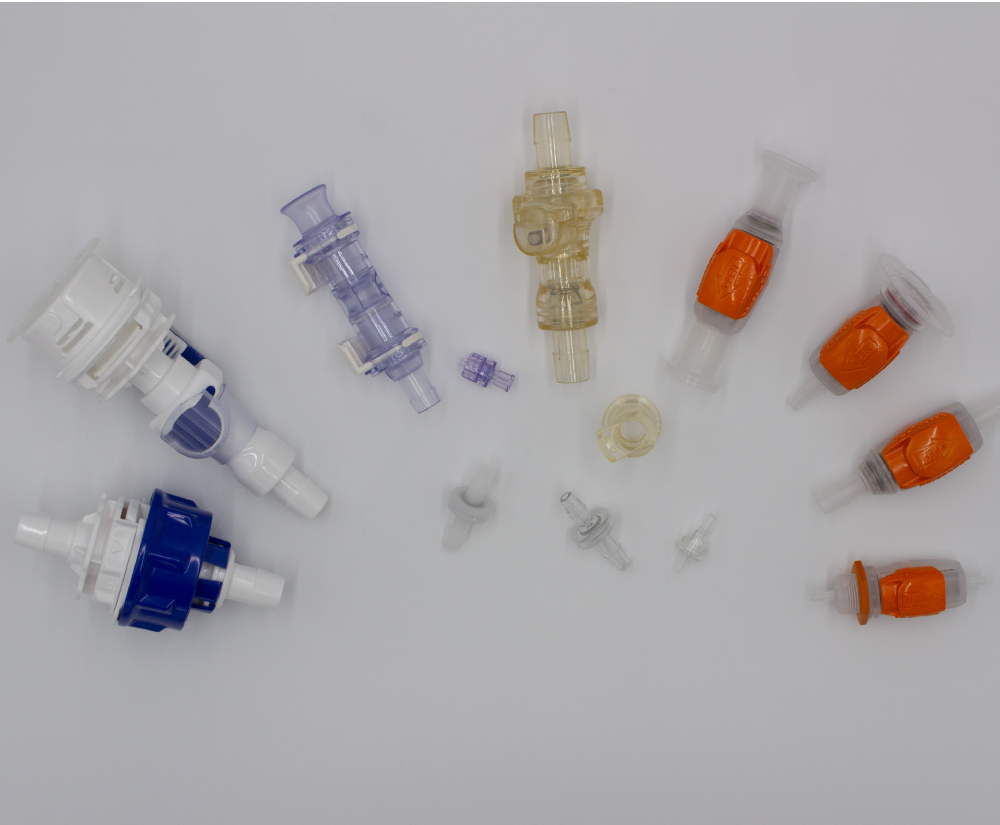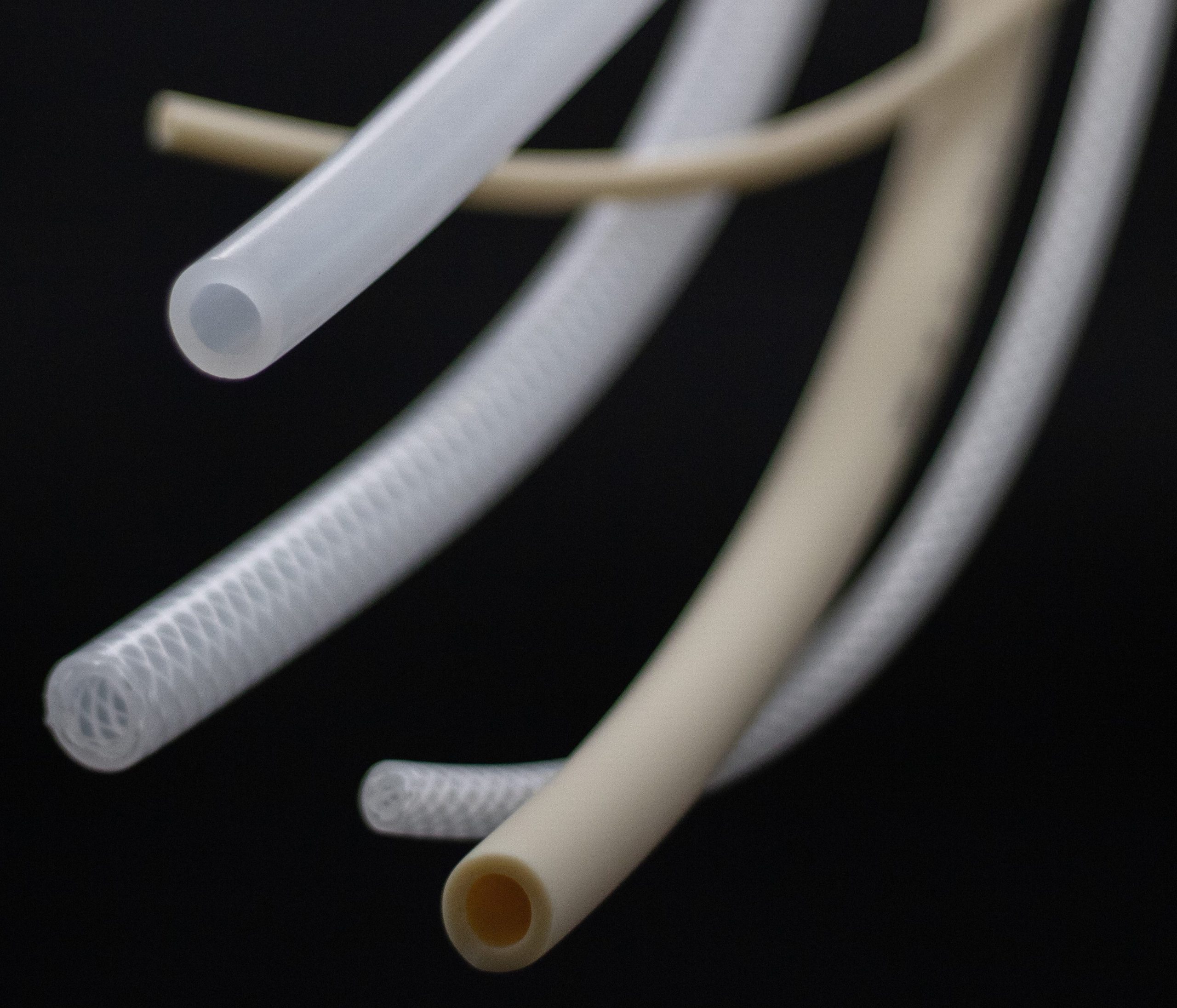Advantages to Single Use Systems
Single use systems are revolutionizing the way industries perform their production processes. With single use systems, companies can now experience cost savings, improved safety, and increased flexibility in their processes. In this article, we will explore the advantages of using single use systems and examine common applications. We will also look at the example benefits of a single use system for businesses. Finally, we will provide insight into when to consider implementing a single use system to maximize efficiency and safety. If you’re looking for ways to improve your production process with cost savings and improved safety measures, then consider implementing a single use system today!
Advantages of using single use systems
Single use systems are becoming increasingly popular in the production process due to their numerous advantages, including cost savings, improved safety, and increased flexibility. Single use systems can reduce costs associated with production processes by eliminating the need for clean-in-place (CIP) or steam-in-place (SIP) processes. This reduces overhead associated with cleaning and maintenance of traditional stainless steel systems. Additionally, single use systems offer improved product safety due to their disposable nature which helps reduce the risk of cross-contamination from batch to batch.
In addition to reducing costs and improving sterility, single use systems also offer increased flexibility in design and use. Companies can quickly scale production runs and change product runs with minimal effort. The ability to quickly react to changes in demand or inventory levels is a major advantage for companies looking for efficient production processes that meet customer needs.
Single use systems are commonly used in cell culture, fermentation, chromatography, and filtration applications. In each application, single use systems provide unique advantages that can help improve speed and efficiency of production processes while maintaining high quality standards. For example, single use bioreactors allow companies to rapidly scale up or down production without having to invest in additional equipment or personnel training – all while ensuring product quality is maintained across different batches.
When deciding whether or not to implement a single use system into your application process it is important to consider various factors such as cost savings as well as any risks associated with using a single use system versus a traditional stainless steel system. Additionally, businesses should assess how well a single use system will fit into their existing infrastructure and whether it will meet all their needs before making an investment decision.
Common applications of single use systems
There are many advantages to utilizing single use systems, including enhanced safety measures with reduced risk of contamination; improved flexibility in scaling up or down production depending on market demands; faster setup times; simplified downstream processing; and cost savings through lower labor costs and shorter lead times. Single use systems are popular in the biopharmaceutical industry due to their versatility and cost-effectiveness.
The ability to quickly respond to changes in demand is one of the main benefits of single use systems – they require minimal setup time compared to traditional equipment setups. This enables manufacturers to adjust their business strategies accordingly and provide customers with the products they need, when they need them. Additionally, single use systems are ideal for producing sterile and toxic products as they reduce the likelihood of contamination significantly.
Furthermore, single use systems help simplify downstream processing by eliminating the need for cleaning equipment or transferring materials from one system to another. This reduces labor costs associated with maintaining multiple fixed-use systems while also allowing for faster turnaround times between production runs. Lastly, these systems enable companies to save time and resources with shorter lead times as there is no need for extensive setup prior to production runs – just connect the necessary components together and you’re ready!
Overall, single use systems offer a range of advantages that make them an attractive choice for biopharmaceutical production processes. By providing increased safety measures against contamination; greater flexibility in scaling up or down production depending on customer needs; quicker setup times; simplified downstream processing; and lower labor costs & shorter lead times it’s easy to see why this technology has become so widely adopted across many industries! For those looking for an efficient way of producing sterile or toxic products while maintaining quality standards within their organization, implementing a single use system could be the answer!
Example benefits of a single use system
The advantages of single use systems for the biopharmaceutical industry are numerous. The pre-sterilized components allow for quick setup times and reduced labor costs while also ensuring product quality and consistency. The smaller containers used in single use systems reduce storage space requirements, allowing companies to quickly respond to changes in demand with minimal changeover time required. When evaluating whether or not this system will benefit your business model it is important to consider factors such as capital investments versus cost savings, scalability, labor requirements and compatibility with existing operations. By understanding how single-use technologies can improve operations you can make informed decisions when considering implementing this technology into your workflow(s).
Conclusion: When to consider implementing a single use system
In today’s competitive market, businesses are always looking for ways to increase efficiency while ensuring safety and accuracy. A single use system can provide many of these benefits, but it is important to consider your specific needs before selecting a system. When any combination of the needs discussed in this article arise, such as streamlining workflows, reducing labor costs and overhead, reducing the risk of contamination or cross-contamination, increasing traceability and accountability, and improving safety and accuracy of processes, then it may be time to consider implementing a single use system. Such systems are typically more cost-effective than traditional methods and allow for improved traceability with disposable components. Additionally, they offer increased flexibility in production processes that enable companies to quickly respond to changes in demand while maintaining high levels of safety and accuracy. Before deciding, consider factors such as scalability for future growth as well as cost savings associated with using a single use system compared to purchasing equipment upfront or investing in long-term commitments.





